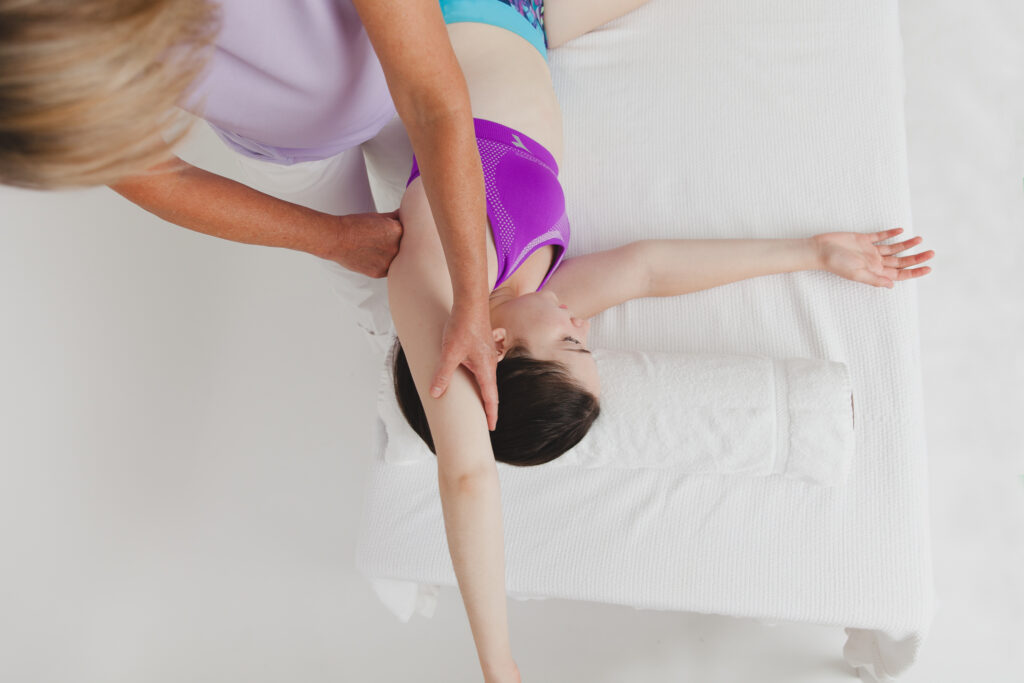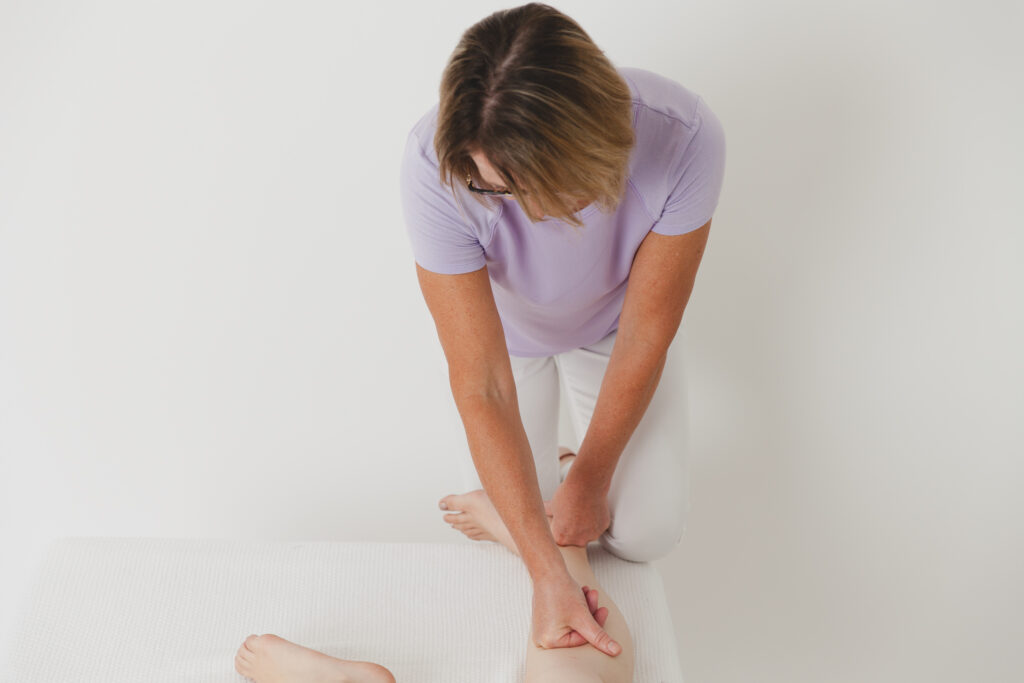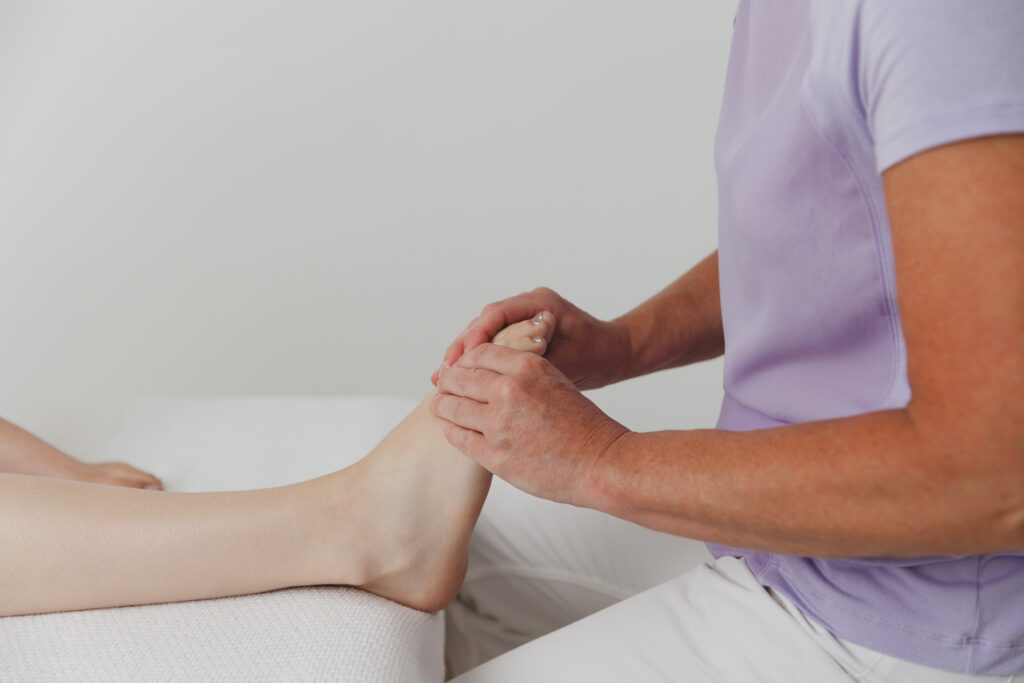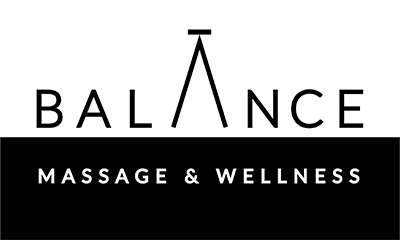What is the ROLF METHOD of Structural Integration
The Rolf Method of Structural Integration (SI) is a deep tissue therapy that works with the fascial structure. Fascia is a connective tissue that gives the body structure. It surrounds every muscle, nerve, vein and organ in the body. Fascia is a very thin transparent and slippery substance. Healthy fascia allows muscles to move freely past and over its surrounding structures.
Stressors such as accidents, falls, sports injuries, mental or emotional, repetitive strains, and poor lifestyle choices can cause the fascia to become dense reducing range of motion and mobility.
Structual Integration is a full body treatment using slow deep strokes that loosens and lengthens fascia allow our muscles to feel more relaxed and stretch further.
By balancing the myofascial (muscles and fascia) system, longterm structural benefits result.
Structural Integration 10 Session Series

Session 1 – Is known as the hour of vital capacity. Our focus is to increase the amount of space that the heart and lungs have to function. We also start to lift the shoulders off of the ribcage and begin to bring the legs back under the body where they can support the structure above.

Session 2 – Is the hour of the feet, ankle and legs. This session is about bringing order back in the arches of the feet, ankles, legs and knees. Creating a balanced foundation for the structure above is the primary goal of this session.

Session 3 – In this session we are creating more freedom and space between the bottom of the ribcage and the top of the pelvis and between the shoulder girdle and the ribcage. On a larger scale our focus is on balancing main segments the pelvis and between the shoulder girdle and the ribcage. On a larger scale our focus is on balancing main segments around the central vertical axis of the body. By the end of session 3 the client often is feeling more open or lighter, and more upright and taller.

Session 4 – Sessions 4,5,6 are considered core sessions as we are addressing restrictions being held in the deeper structures of the body. Session 4 is hour of the inside of the legs- the thighs, knees and calves and ankles. The ultimate goal is the balance the pelvic floor. This is done by bringing more order and balance into the legs.

Session 5 – In session five our focus is to lengthen and organization the core of the body. In this session we are addressing the torso. We focus first on the outside or superficial layers, loosing and lengthening the layers of tissue that cover the ribs. Once this is achieved we are able to drop into the deeper core layers of the belly. In this session we lengthen and bring order to the torso from the inside to outside.

Session 6 – An underlying focus in every session is to create a balanced and horizontal pelvis. This is the primary focus in the sixth hour work. In order to loosen, reposition and balance the pelvis we also address the imbalances in the back of the legs, knee, calves and feet.

Session 7 – The focus of the seventh hour is to centre the cranium or head on top of the spine. It is very commonly noted that many people have a head forward posture. Often this is due to muscle imbalances between the front and back side of the torso and neck.The goals of this session are freeing the head from the neck and neck from the shoulders, as well as balancing the jaw and sphenoid.
Balancing Sessions:
Sessions 8 and 9 and 10: – in the first 7 sessions we are lengthening, freeing and creating space. In the last three sessions we are no longer digging up new issues. Our focus is on balancing and organizing what we have or “putting the body back together”. We do this through a lower body hour, upper body hour and the finally the hour of the joints.



